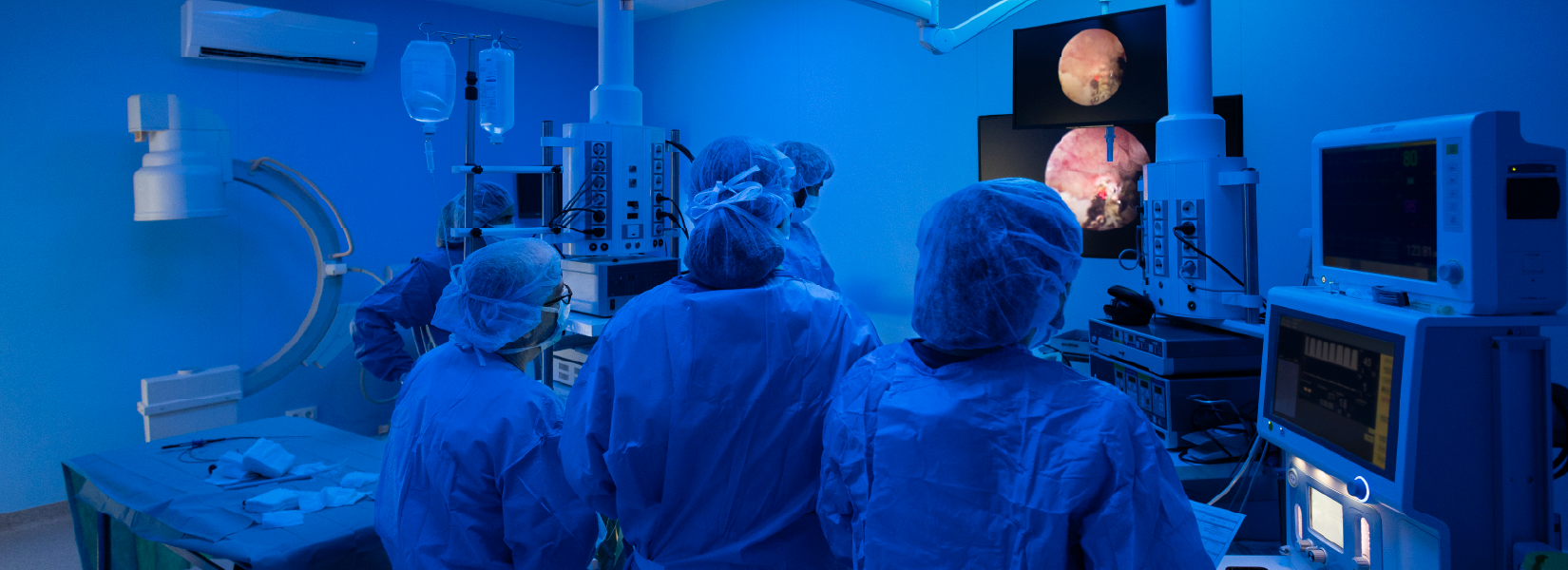 Complex fractures, severely broken bones and orthopedic trauma cases often happen as a result of a serious accident.
Complex fractures, severely broken bones and orthopedic trauma cases often happen as a result of a serious accident.
Frequently, when people think of a common bone break or fracture, it’s considered an incomplete break. This means this type of break typically doesn’t go across the whole bone or split the bone in two. With incomplete breaks, a patient may still need surgery or treatment. The break may only require a splint or cast, depending on which bone is broken, as well as age and activity levels. In contrast, trauma situations often result in complex fractures.
“When we are examining these severe breaks, we are looking at pieces of bones which have shifted and are often not close to each other anymore,” said Dr. Tyler Dahl, orthopedic trauma surgeon with the Marshfield Clinic Health System. “These types of injuries cause significant pain and can be debilitating.”
Complex fracture treatment starts with understanding the source of the trauma
When a patient comes into an Emergency Department at a trauma center, an initial assessment occurs. An initial understanding of how the injury happened is vital. Was it a motorcycle accident? Did they fall off a roof? The trauma team uses that information, along with physical exams and labs and imaging, to understand the full scope of the patient’s injuries.
“As a multidisciplinary trauma team the full scope of injuries are assessed in a comprehensive fashion following ATLS (Advanced Trauma Life Support) principles, a well-recognized standard in the evaluation and initial care of injured patients,” Dr. Dahl said. “When there are fractures or broken bones, dislocation or other injuries to the arms, legs or pelvis then as an orthopedic trauma surgeon I get involved.”
Orthopedic trauma surgeons are able to intervene early because of their role on the trauma team. They help stabilize broken bones, which can then decrease the need for blood transfusions and help with pain control. This can even decrease the time on breathing machines, which can lead to less time in intensive care units.
Orthopedic traumas can be quite complex and include injuries to the joints, pelvis, arms and legs. Orthopedic surgeons are frequently repair injuries where the bone breaks through the skin, or when bones are shatter or shift and require realignment. When necessary, surgeons may use plates and screws to repair and stabilize the bone. Breaks in larger bones like the thigh and shin bones may require the use of rods. Some of these implants can be placed using smaller incisions and, depending on the injury, can allow for faster healing.
Recovery journey after orthopedic trauma
Following orthopedic trauma and reconstruction surgeries, it’s important to get patients moving and to rebuild their strength. This may take a long time. Major injuries can often result in major life disruptions. “We have the privilege of being entrusted with injured patients at what is a very challenging time in their life,” Dr. Dahl said. “Our goal is to do everything we can to help you regain function, and we’re dedicated to helping you achieve the best outcome.”
Inpatient rehabilitation and physical and occupational therapy play important roles in this recovery. These professionals work with patients on building strength, relearning activities and navigating daily life with needed restrictions. “Many times patients are in a place where they need to relearn skills like getting dressed, showering or even how to move around with crutches, a walker or a cane,” he said.
The orthopedic surgeon will stay involved in patient care throughout recovery and beyond. “We see patients in the hospital and continue seeing them in the clinic every few months, as often as needed,” Dr. Dahl said. “Sometimes that is for a period of months or years. We want to monitor progress of healing and intervene if we see infection or other complications develop.”
In a rural area, access to orthopedic trauma surgeons through trauma centers is important. Surgeons can work closely with your primary care provider and other specialties, like physical and occupational therapy to coordinate your care. Local care also makes it easier for patients to seek more regular follow up care without travelling long distances.
“We’re with patients on the journey. It’s rewarding to help them move past a tough spot and get their life and function back,” Dr. Dahl said.
For immediate care, visit Marshfield Clinic Health System.
Find an urgent care location Find an emergency department location
Related Shine365 articles
What’s causing this pain in my chest?
Fender benders and other minor car accidents: When should you seek care?
Urgent care vs. emergency department: How to make the decision






Leave a Reply